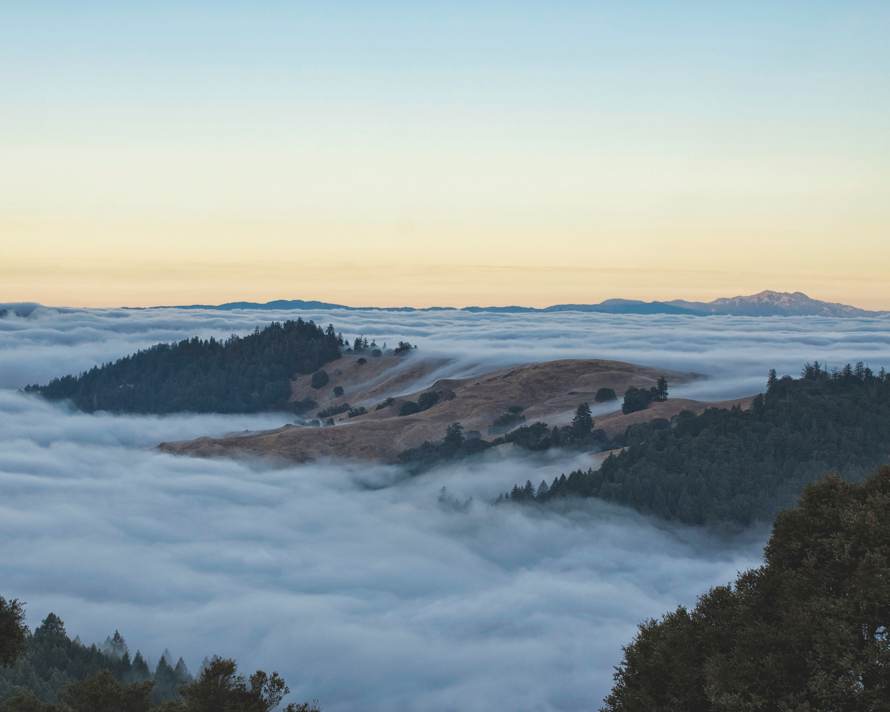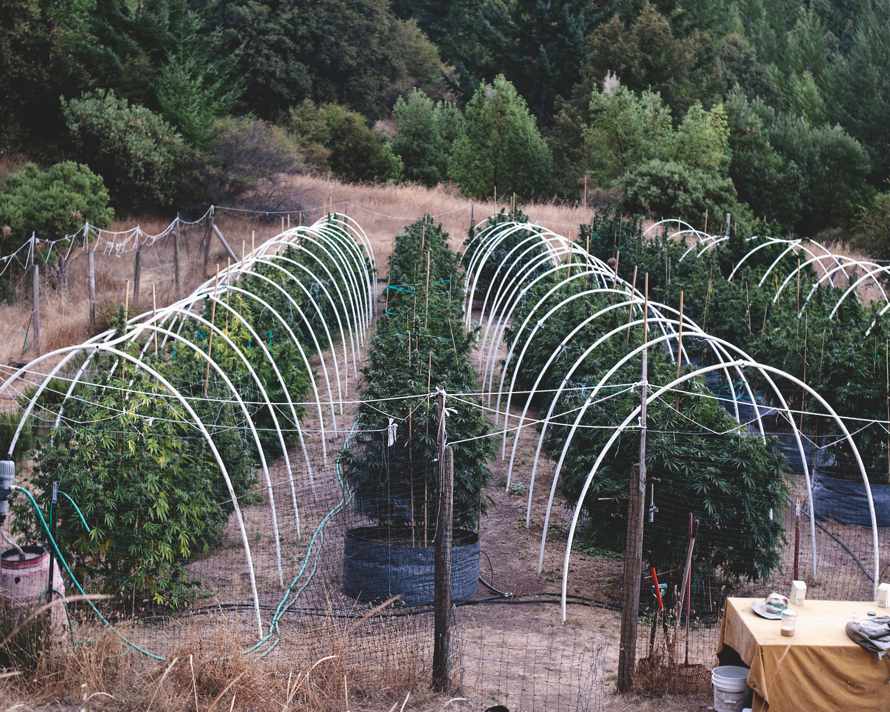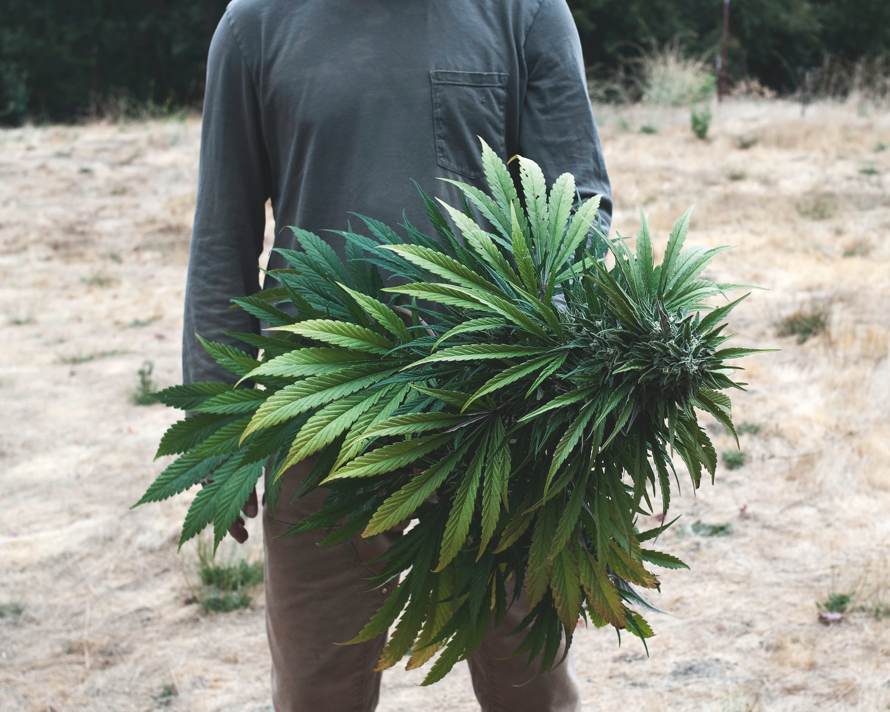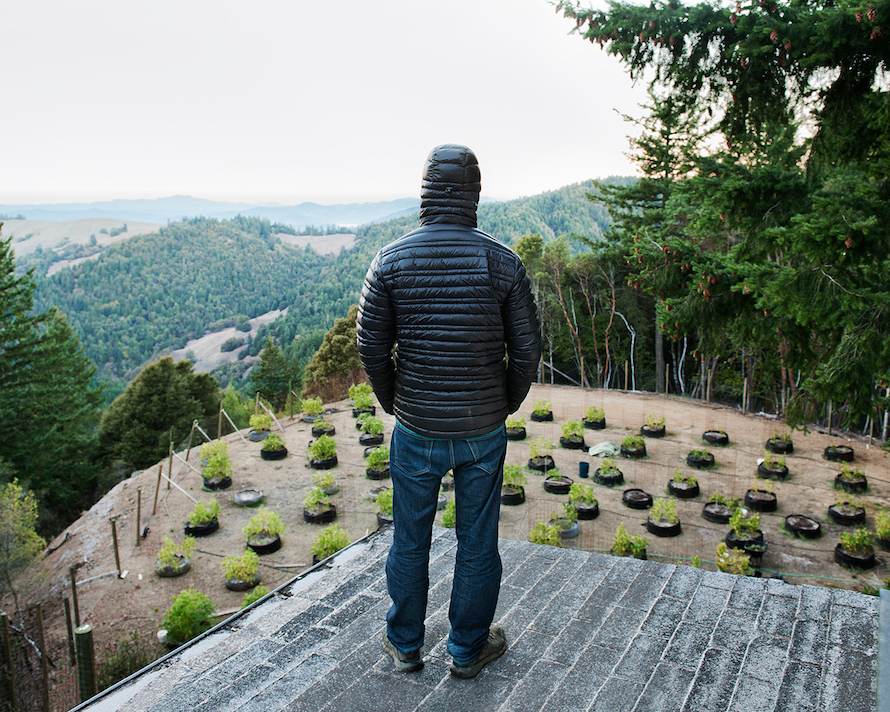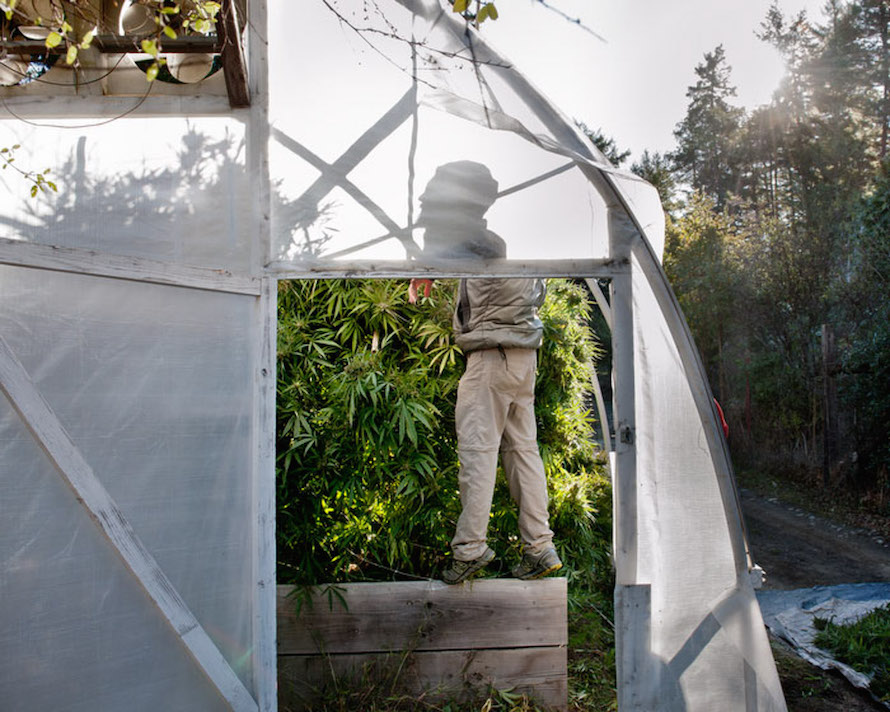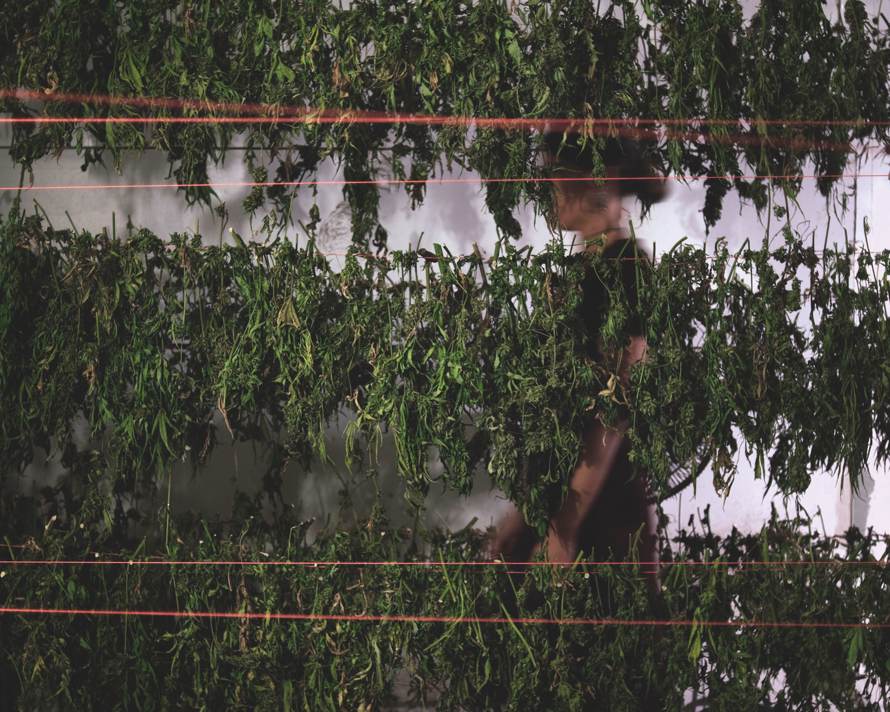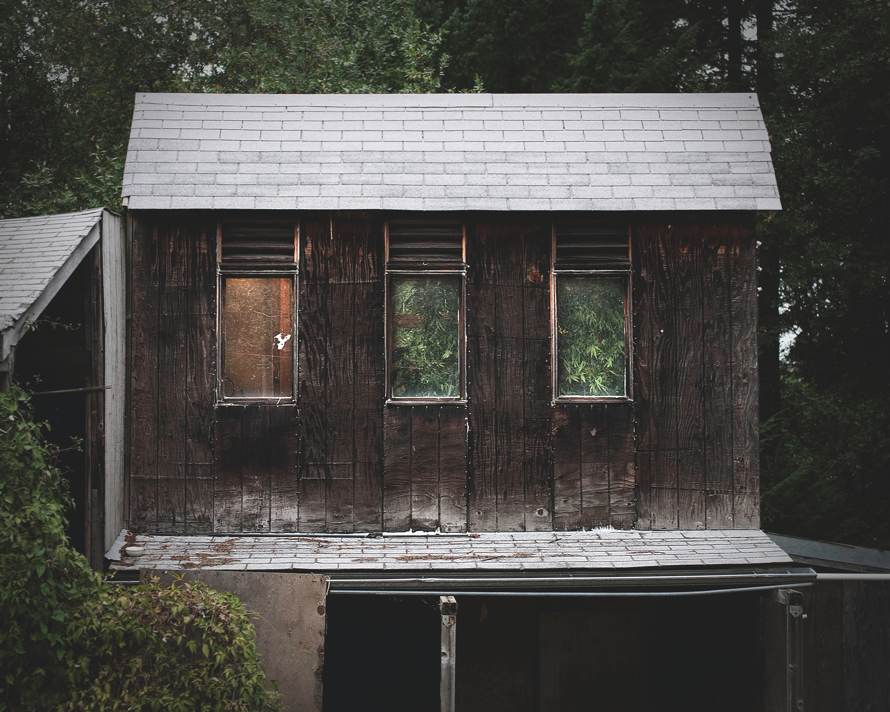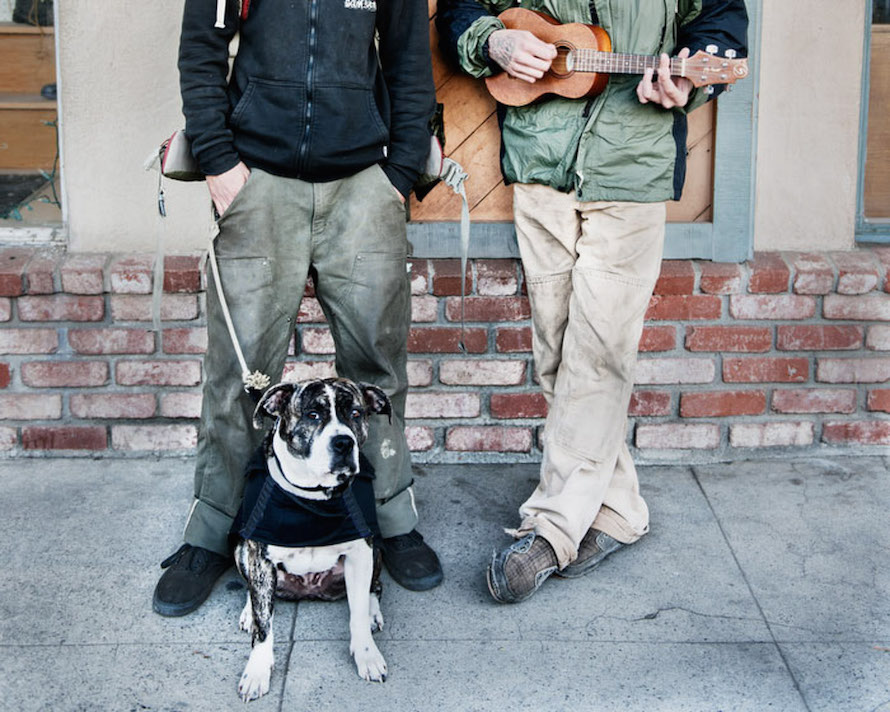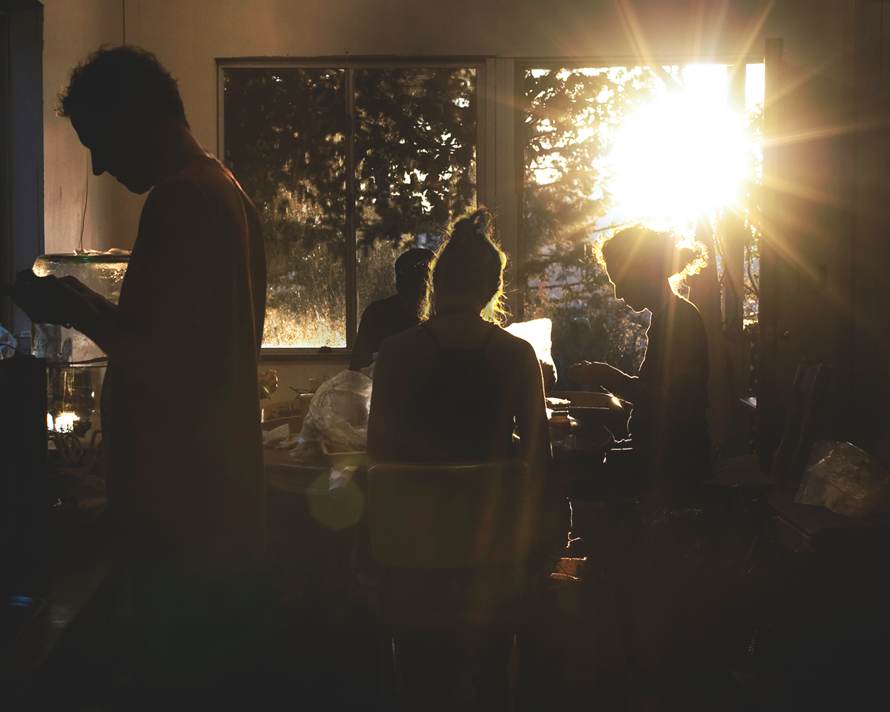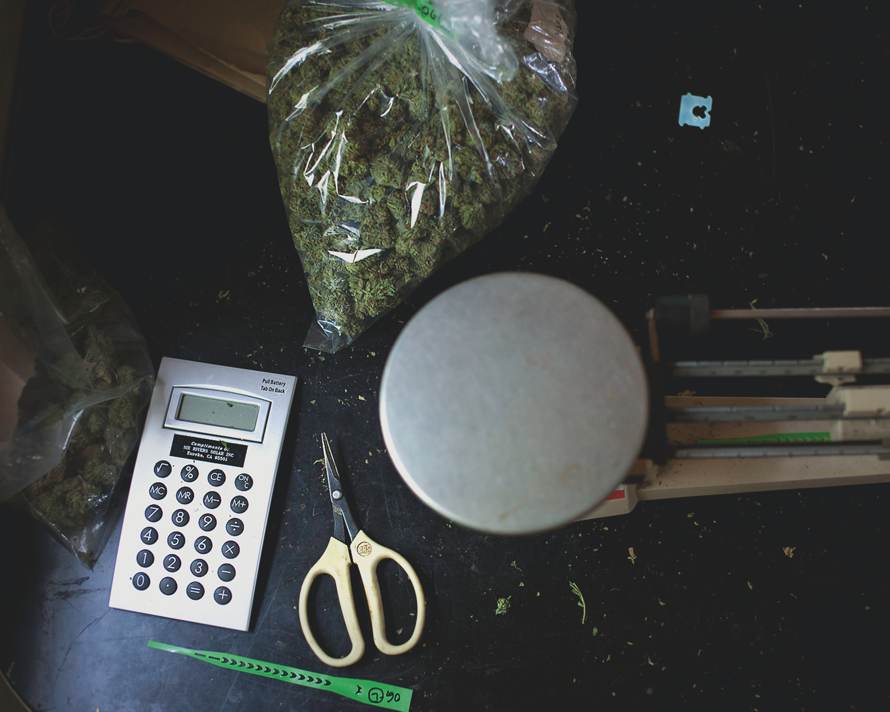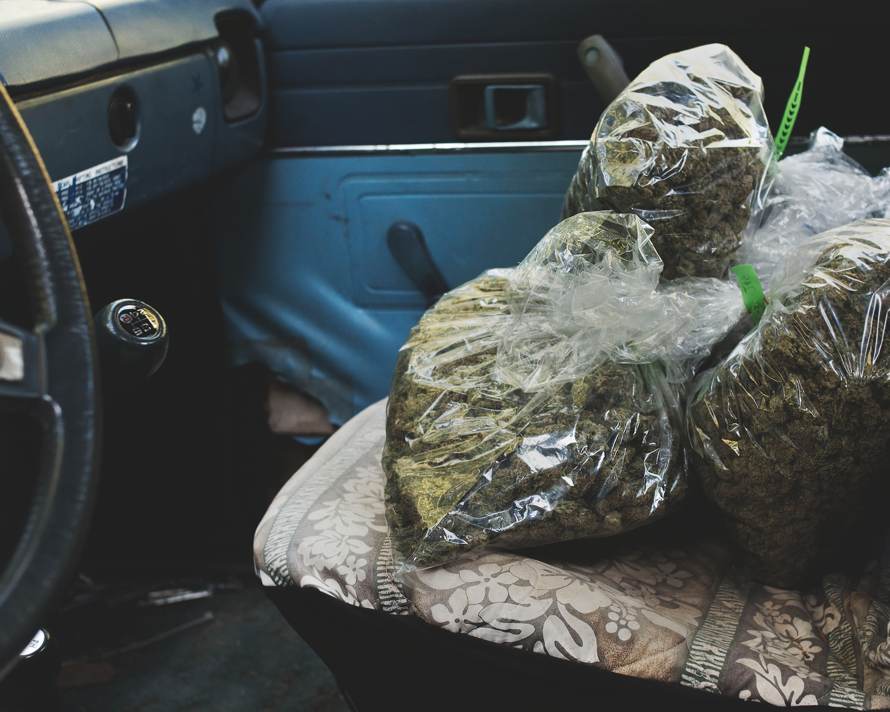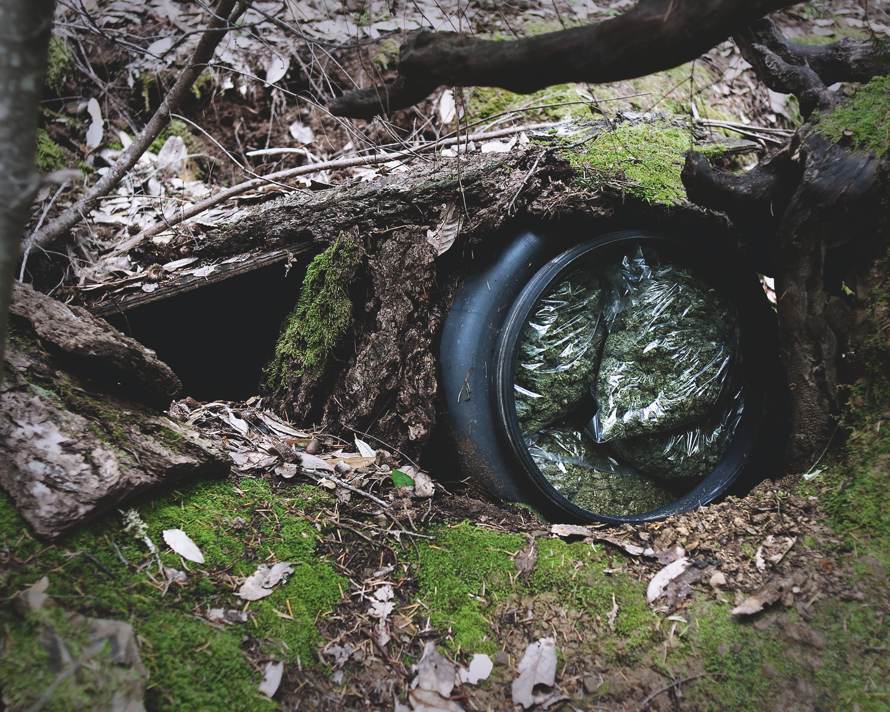By the time you completed the book, after eight-plus years hanging around Humboldt County, you say you’d developed a deep respect for marijuana farmers. What were your feelings going into the project?
H. Lee:When I first landed in Humboldt, I was quite closed and, frankly, ignorant. I had a lot of judgment around secrecy, breaking the law, and “drug-dealing” as a way of life. My first impression was that pot-growing was an easy out, a way to drop out of society and make a ton of money—illegally. Those judgments were compounded by the fact that I was a city girl, from a world miles away from what was happening in the hills. I looked different. I acted differently. And, in the beginning, I thought differently.
TMN:Did you use marijuana?
HL:I indulged from time to time, but I wouldn’t call myself a smoker by any means. My judgments weren’t really about smoking and smokers, per se, but more of an ethical nature around growing and selling illegally. I’m afraid I stood on a moral high ground for a while.
TMN:What did it take for the growers and workers to trust you?
HL:I lived in Humboldt on and off for years and didn’t touch it with my camera. For the most part, the growers and workers I ultimately photographed were friends and acquaintances. I gave them my word that if I brought the project to the public, I would use a pseudonym.
TMN:As a story, the growth of the marijuana business and the Emerald Triangle is obviously tantalizing. But what attracted you most as a visual artist?
HL:I’m a journalist at heart, always inquiring and ever curious. Cannabis cultivation was not something on my radar, so the whole scene was fascinating to me—from the players to the plants and the growing and selling. And with that intrigue, I found there was a story to tell, so everything became visually inspiring. Specifically, the plant itself is quite magical, especially large and bushy. Fresh-trimmed buds, drying rooms, all were attractive. Plus, Northern California is one of the most spectacular landscapes in the country.
TMN:How did you maintain the patience and interest for such a long project?
HL:I happened to be living up in the hills during this period, so shooting this project was a creative outlet. And once I started, I couldn’t stop. The story of Humboldt County is much more vast than what I’ve shown in Grassland.
TMN:Still, eight years is a really long time. Weren’t you ever bored?
HL:I only shot the project from one harvest season to the next—2010-2011—my last year up there. During this period, I also had my hands in the dirt, living the pot-farmer life in a way. It wasn’t my cup of tea, really—growing pot or living in Humboldt County—so the series kept me interested, looking at this life (my life, in a way), with a fresh eye.
TMN:You went back to Humboldt in 2013. What had changed?
HL:The amount of people. I couldn’t believe the buzz on the streets. And that was mostly from kids in town looking for trimming work. Apparently the grow scenes had also mushroomed, as well as the number of plants farmers were cultivating. I’m not in touch with that scene now.
TMN:What’s it like to be doing a series, publishing a book, that you can’t attach publicly to the rest of your career?
HL:Interesting. It became clear very quickly that this work is not about me, but a story I felt needed to be told, and especially timely. However, as an anonymous artist, it’s challenging to get the word out. I am humble, but not usually so quiet. Still, I’m proud of the project, and grateful to Kehrer Verlag for taking a chance on it. And me.
